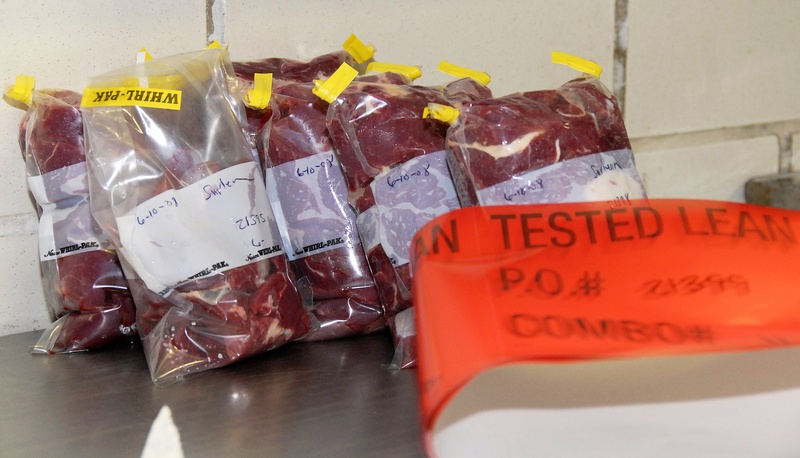The old saying that what you don’t know won’t hurt you may be true sometimes, but not when it comes to insuring the safety of the food supply.
When meat or vegetables become tainted with bacteria, it is vital for regulators to pinpoint the source of the contamination and spread the information right down the supply chain to distributors, retailers and consumers.
That’s what should happen, but the experience of a single salmonella outbreak last year documented in the Maine Sunday Telegram shows that’s not what is happening — not by a long shot.
After identifying 20 cases of illness serious enough for people to seek medical treatment, state and federal investigators were able to track the bacteria down to ground beef sold in Hannaford supermarkets. That led to the recall of 17,000 pounds of meat, containing the crisis, but a number of questions may never be answered.
Was Hannaford the source of the contamination? Maybe, but probably not. Investigators believe that the meat was tainted farther up the supply chain.
Where did that happen? Who knows? Record keeping at the supermarket make it impossible to continue tracing the problem to its source, raising the possibility that tainted meat could have been shipped to an unknown number of other retailers.
The U.S. Department of Agriculture faults Hannaford’s record keeping and would like to end the conversation there, but it’s the agency that has the most to answer for.
Although it has recommended since 1998 that retailers keep records that would facilitate tracing outbreaks, it has not required it and most don’t. With an increasingly consolidated food industry, where products ship from a handful of central locations to all corners of the country, this kind of record keeping is essential to public safety.
And when there is an outbreak, the regulators should be speaking publicly about what they know, what they don’t know and what consumers should do to protect themselves. That was not the case with the Hannaford outbreak. USDA inspectors did their work privately and were not responsive to the public, whether requests for information came from the news media or congressional offices.
Regulators may have a responsibility to avoid a panic by releasing misleading partial information, but they also have a public safety responsibility to say what they know and what they don’t know. If there are weaknesses in the safety system, the department should say so, loud enough for Congress to hear.
The USDA’s silence could be an inherent problem with putting the food safety system under the control of an agency whose mission is promoting an industry. It would be the same problem that would result from putting pollution controls in a “department of petro-chemical production” instead of the Environmental Protection Agency.
You don’t see many people lining up to cheer for big government these days, but this is a case where the government could stand to be a lot bigger. The illnesses carried in the food supply are serious — one man sickened by the Hannaford salmonella outbreak went into a coma — and the protections of the public should be robust. This is a case where what we don’t know really can hurt us.
Send questions/comments to the editors.



Success. Please wait for the page to reload. If the page does not reload within 5 seconds, please refresh the page.
Enter your email and password to access comments.
Hi, to comment on stories you must . This profile is in addition to your subscription and website login.
Already have a commenting profile? .
Invalid username/password.
Please check your email to confirm and complete your registration.
Only subscribers are eligible to post comments. Please subscribe or login first for digital access. Here’s why.
Use the form below to reset your password. When you've submitted your account email, we will send an email with a reset code.